

Matt Campbell
2025 Porsche 911 Carrera T review
6 Days Ago
The peak body for car brands in Australia has called the government's proposed efficiency standards "very ambitious".

News Editor
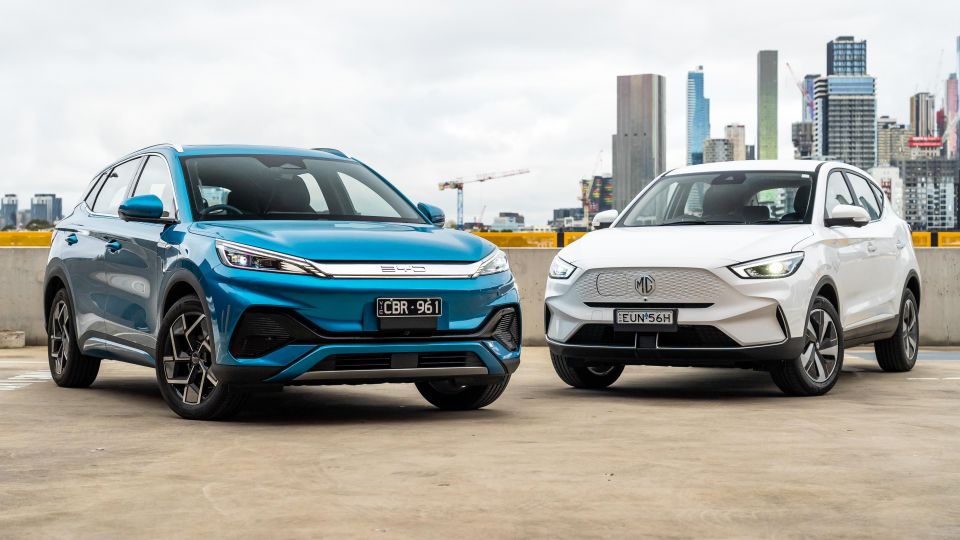

News Editor
Australia’s peak body for car brands has cautioned the Federal Government to consider the effect of its proposed vehicle efficiency standards on new car price tags.
The Federal Chamber of Automotive Industries (FCAI) said it would take time to study the potential impacts on consumers and the industry as the New Vehicle Efficiency Standard nears implementation.
“On the surface, the targets seeking a 60 per cent improvement in emissions are very ambitious, and it will be a challenge to see if they are achievable taking into account the total cost of ownership,” said FCAI chief executive Tony Weber.
“The preferred option suggests that Australia considers adopting the type of targets that are currently in place in the United States.
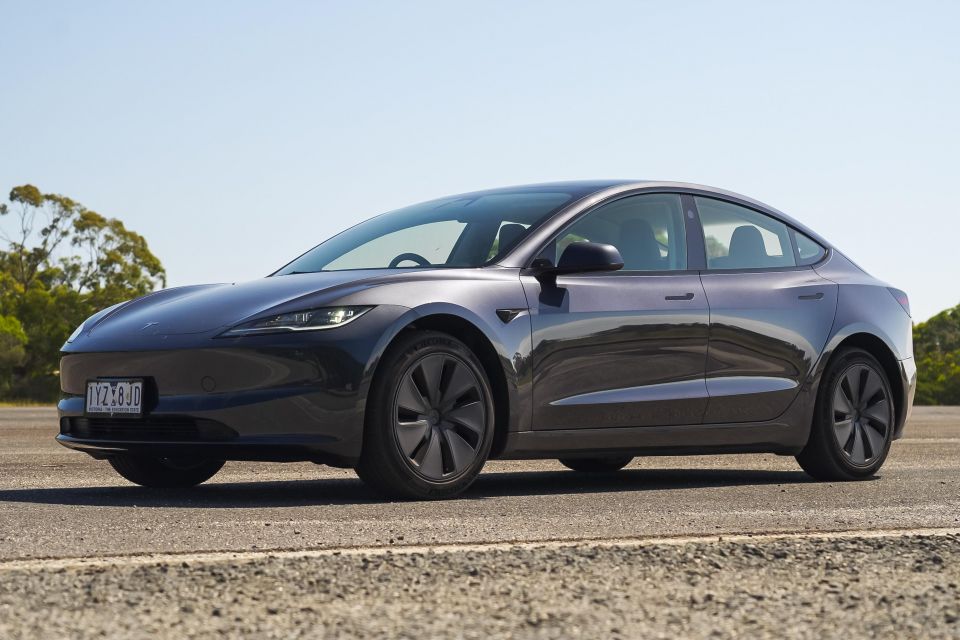
“The targets in that country are supported by significant financial incentives yet the discussion paper makes no reference to any additional incentives to support the uptake of low emission vehicles.
“There is a great deal of further analysis to do and we look forward to continuing to work with the Government on the development of a standard that is right for Australia and supports Australian consumers.”
The Australian Government will consult with stakeholders on its preferred model until March 4, 2024, before introducing legislation “as soon as possible”.
It’s aiming for the new rules, which will affect new passenger and light commercial vehicles, to come into effect by January 1, 2025.
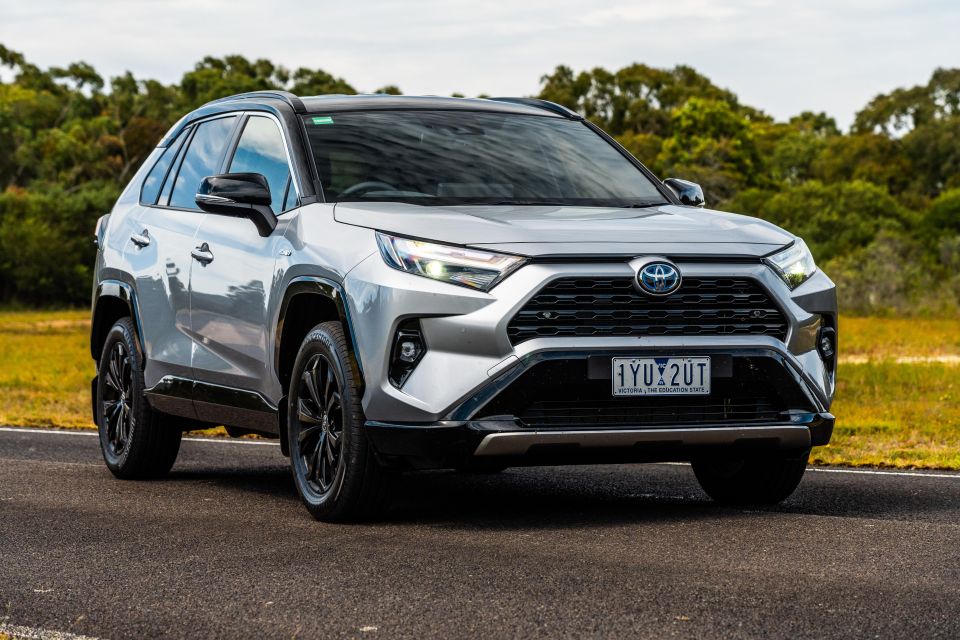
“There has been years and years of actual real life experience in countries all around the world. And so the international evidence is that [an NVES] does not have an impact on [vehicle prices],” said Catherine King, Minister for Infrastructure, Transport, Regional Development and Local Government.
“I have no doubt we are going to hear all sorts of nonsense from the Opposition, from a range of other stakeholders about this. We’re going to hear that utes are banned. That is not true.”
“None of the evidence – there is just no evidence to say that it will affect price at all, SUVs or utes or any other vehicle.”
Under the NVES, carmakers will be given targets for average CO2 emissions per kilometre across their vehicle fleets. Over time this CO2 target will move, forcing companies to provide vehicles with lower or zero emissions to meet stricter targets.
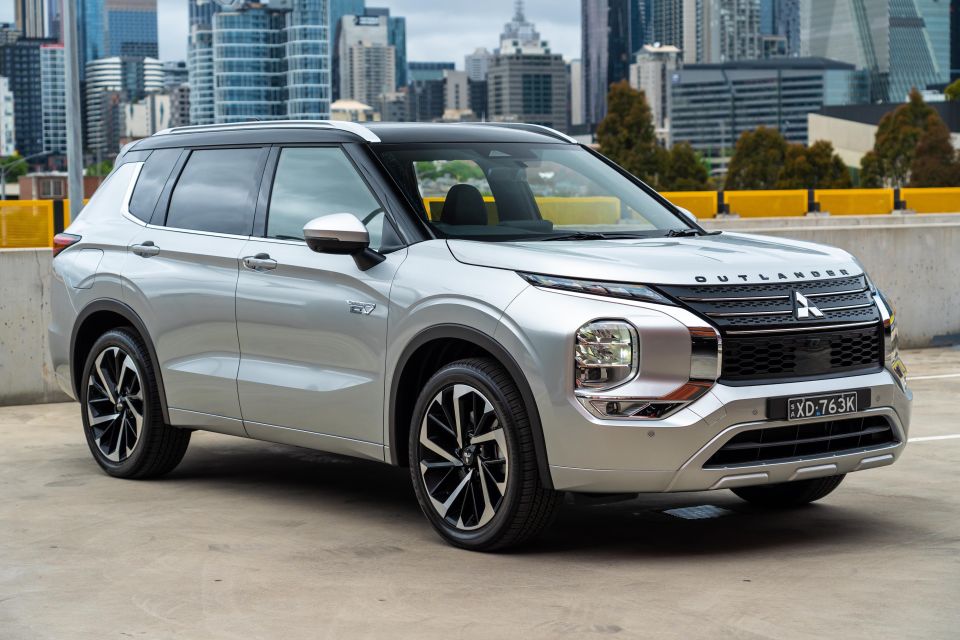
As with the US’ Corporate Average Fuel Economy (CAFE) standard, which has been in effect since 1978, companies can still sell vehicles with heavier fuel consumption. However, they’ll need to offset these vehicles with more fuel-efficient models.
If companies meet or beat their CO2 target, they’ll receive credits. If they miss it, they can either trade credits with a different supplier, make it up over a set period, or pay a penalty.
The government says under its preferred option, Australians will stand to save around $1000 per vehicle per year in fuel costs, with the average new vehicle purchaser in 2028 claimed to be looking at a saving of $5710 over five years.
Moreover, it says the standard will push carmakers to offer Australians with more choices. It claims new passenger cars in Australia on average use 20 per cent more fuel than in the US.
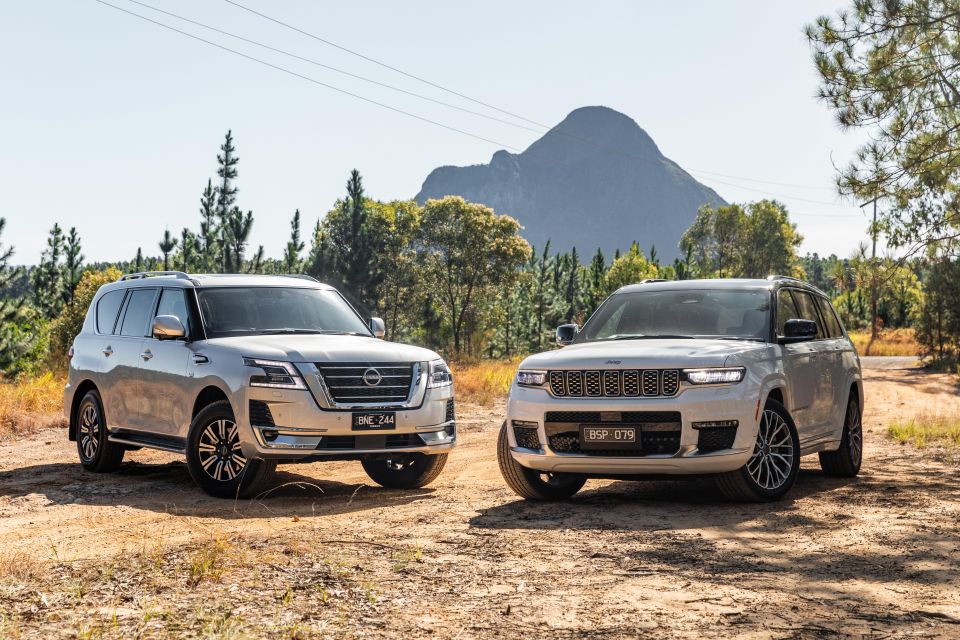
In its impact analysis, the government has detailed three potential options based on the submissions it has received and its own analysis.
Option A would see a “slow start”, with separate CO2 targets for passenger vehicles (including light SUVs and two-wheel drive versions of four-wheel drive vehicles) and light commercial vehicles (LCVs), the latter category including not only utes and vans but also “larger SUVs, four-wheel drives”.
It would aim to reduce passenger vehicle CO2 intensity by 34 per cent between 2024 and 2029, with a 14 per cent reduction for LCVs. The average annual reduction would be 6.8 per cent and 3.8 per cent, respectively.
The government defines intensity as “a measure of vehicle efficiency, not actual vehicle emissions, which depend on many real-world factors, such as the distance travelled, the nature of the driving, and road and traffic conditions”, and it’s measured in grams per kilometre.
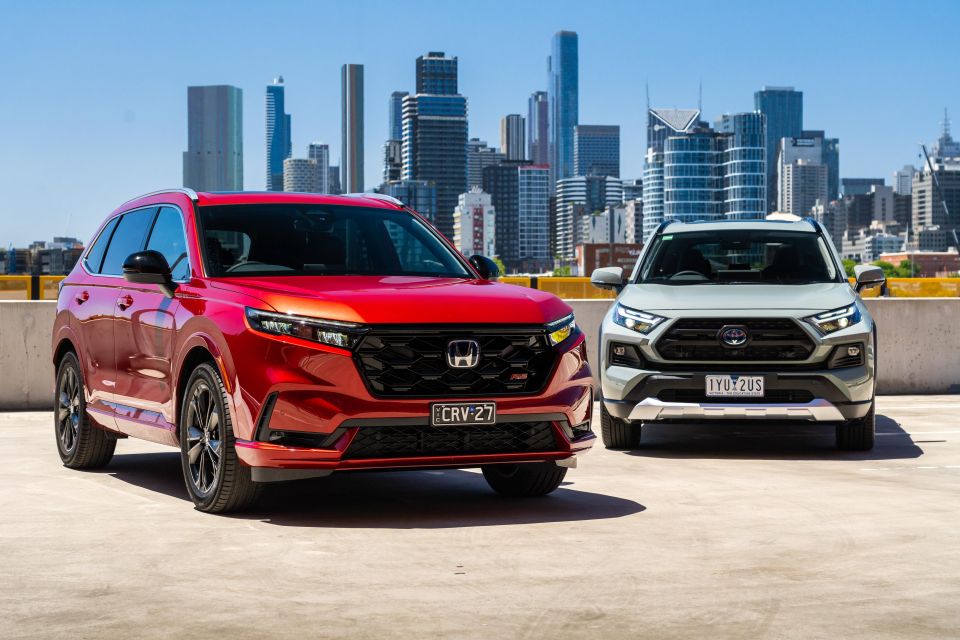
Manufacturers would be able to bank, trade, and pool their credits – the latter meaning companies would be able to form a “collective entity whose emissions results are considered collectively”.
Under this option, credits would last five years. There would also be “supercredits”, allowing vehicles like EVs and plug-in hybrids to be counted more than once to help further offset less-efficient vehicles.
Manufacturers would be charged a penalty of $40 per g/km if they exceed their targets. However, under this option, binding targets would only commence in 2027.
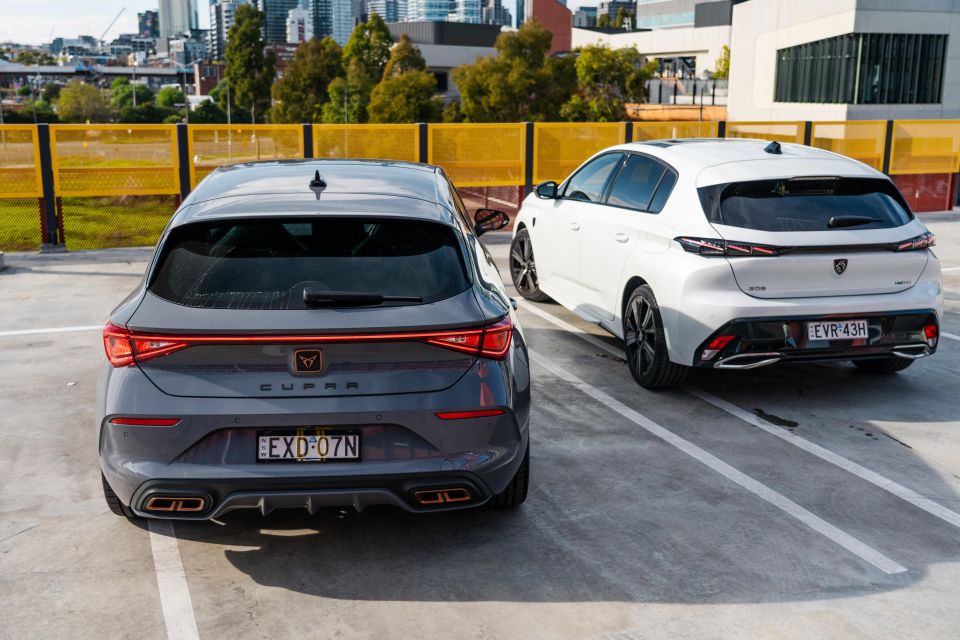
Option B, the government’s preferred option, is a “strong, ambitious and achievable NVES’ that aims to catch up with the US around 2028, and then match the stringency of those standards.
This NVES would commence in full on January 1, 2025, and see a penalty rate of $100 per g/km.
There would be two categories: one for passenger vehicles and all SUVs; the other for utes, large pickups and vans.
It would target a total reduction in CO2 intensity between 2024 and 2029 of 61 per cent for passenger vehicles and 62 per cent for LCVs, with average annual reductions of 12.2 and 12.4 per cent, respectively.
Manufacturers wouldn’t be able to pool their credits or receive supercredits, and credits would last just three years.
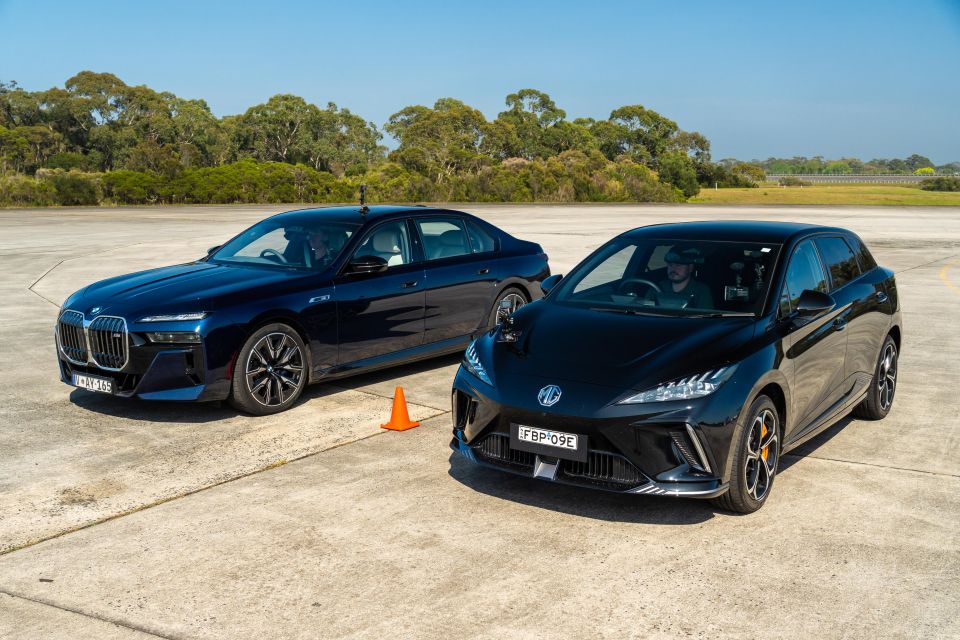
Finally, the “aggressive” Option C would see Australia catch up with the US around 2026, and then bring forward that country’s 2029-2031 targets for 2028 and 2029.
It would also see a penalty rate of $200 per g/km.
Vehicles would be split as in Option B, but the CO2 intensity reduction between 2024 and 2029 would be higher at 77 per cent for passenger vehicles and 74 per cent for LCVs.
That equates to an average annual CO2 intensity reduction of 15.5 per cent and 14.7 per cent, respectively.
This option would also see credits last just two years.

However, the government warns this option could see some manufacturers discontinue some combustion-powered vehicles, including more affordable models.
The Government says Option B would see a reduction in CO2 emissions of 369 million tonnes by 2050, equivalent to the last six years’ worth of total light vehicle emissions in Australia.
In contrast, Option A would see only 0.97 million tonnes of CO2 emissions abated by 2050, while Option C is projected to see 443.4 million tonnes abated.
Option B is also projected to result in savings of $107.6 billion in fuel costs plus $5.53 billion in health benefits by 2050, only partially offset by $29.38 billion in increased electricity costs over the same period.
MORE: Australian fuel efficiency standards aimed at cutting petrol bills, ‘catching up’ with US
William Stopford is an automotive journalist based in Brisbane, Australia. William is a Business/Journalism graduate from the Queensland University of Technology who loves to travel, briefly lived in the US, and has a particular interest in the American car industry.


Matt Campbell
6 Days Ago


James Wong
5 Days Ago


Max Davies
3 Days Ago


Josh Nevett
2 Days Ago


Josh Nevett
2 Days Ago


Paul Maric
12 Hours Ago